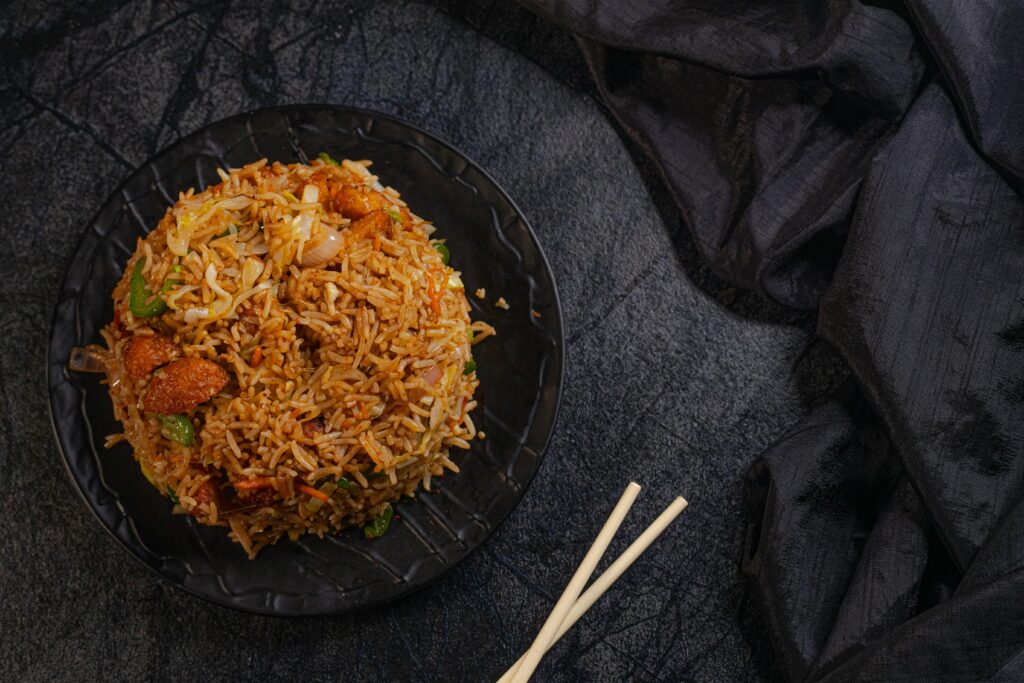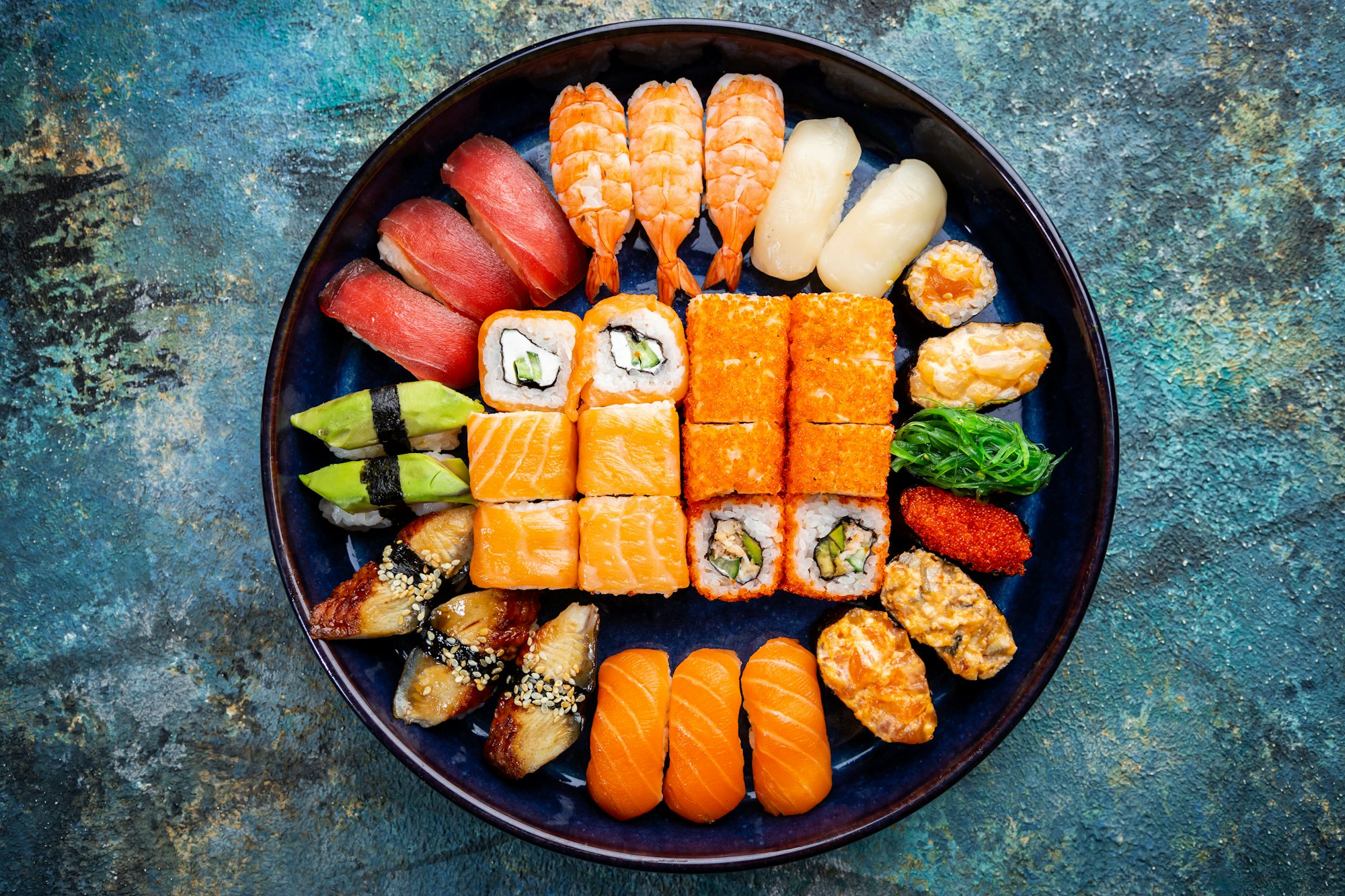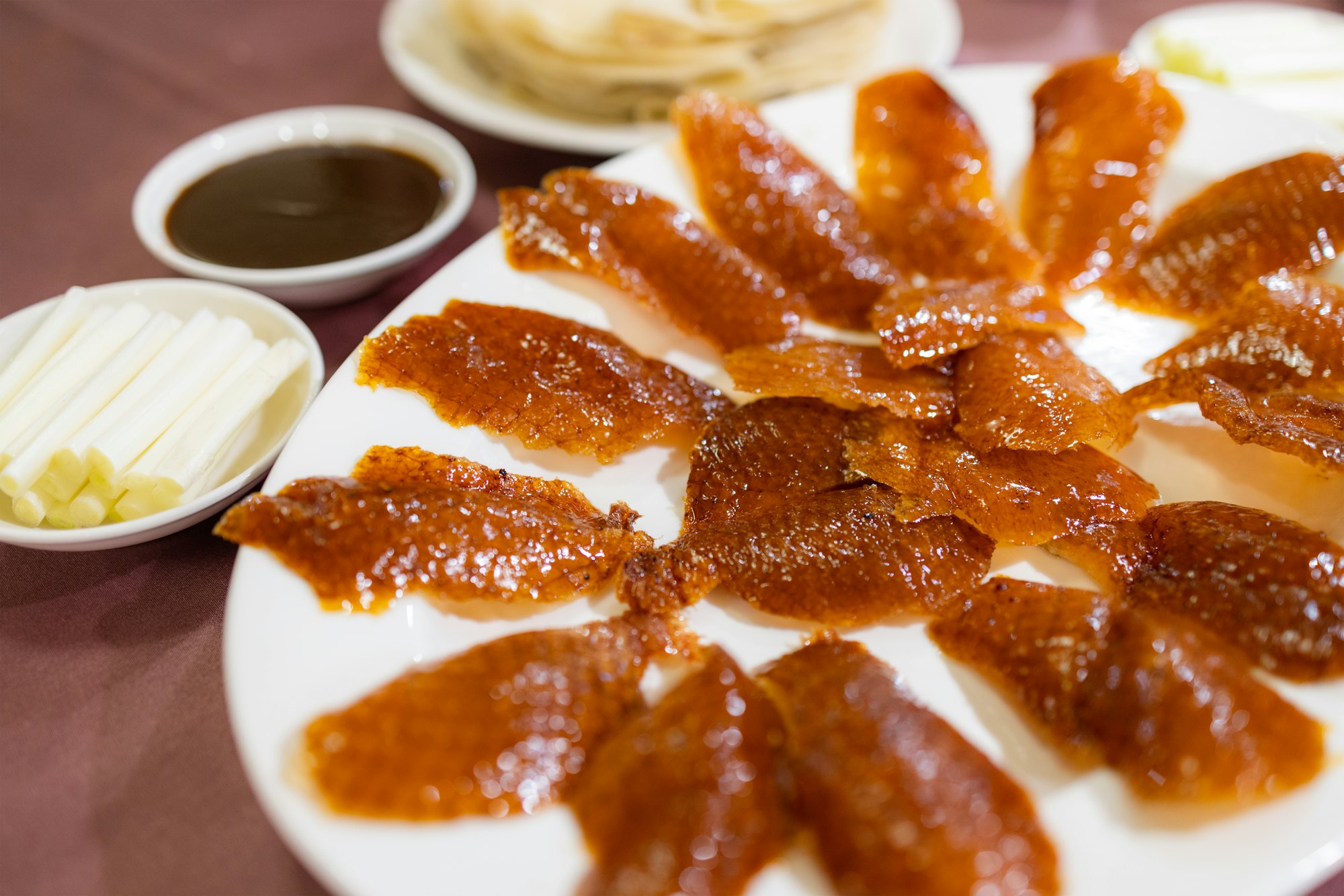
Fried Rice: A Culinary Journey Across Asia
Fried rice, a staple dish in many Asian cuisines, has captivated palates worldwide with its irresistible blend of textures, flavors, and aromas. This versatile dish, often prepared with leftover rice, vegetables, and protein, offers endless possibilities for customization and culinary creativity.
History of Fried Rice: A Culinary Evolution
The origins of fried rice can be traced back to ancient China, where rice was a primary food source. It is believed that leftover rice was fried with vegetables and other ingredients to prevent waste and create a flavorful and satisfying meal. Over time, fried rice evolved from a humble peasant dish to a culinary masterpiece, becoming a staple in Chinese cuisine and spreading throughout Asia.
Varieties of Fried Rice: A Culinary Kaleidoscope
Fried rice encompasses a diverse array of regional variations, each reflecting its unique culinary heritage and ingredients. Here are some notable examples:
- Yangzhou Fried Rice: This classic Chinese rendition features a medley of ingredients, including diced pork, shrimp, eggs, scallions, and peas, all stir-fried in a seasoned rice base.
Thai Fried Rice: This fragrant and flavorful Thai version incorporates ingredients like garlic, ginger, chili peppers, and jasmine rice, often accompanied by protein options like chicken, shrimp, or tofu.
Kimchi Fried Rice: This Korean variation features kimchi, a spicy fermented cabbage dish, as the star ingredient, adding a unique tang and crunch to the fried rice.
Nasi Goreng: This Indonesian staple features aromatic ingredients like turmeric, shallots, and garlic, along with a variety of vegetables and protein options, reflecting Indonesia’s rich culinary heritage.

Essential Ingredients: A Culinary Symphony
The essence of fried rice lies in the harmonious blend of its key ingredients:
- Rice: Cold, cooked rice is the foundation of fried rice, providing a starchy base that absorbs flavors and creates a satisfying texture.
- Vegetables: A variety of vegetables, such as onions, carrots, peas, and scallions, add freshness, color, and nutrients to the fried rice.
- Protein: Protein options like chicken, shrimp, pork, or tofu enhance the flavor and protein content of fried rice.
- Eggs: Eggs, often scrambled or beaten and incorporated into the fried rice, add richness, creaminess, and a touch of binding to the dish.
- Aromatics: Aromatics like garlic, ginger, and shallots form the flavor base of fried rice, releasing their pungent fragrances during the stir-frying process.
- Seasonings: Soy sauce, fish sauce, oyster sauce, and other seasonings provide depth of flavor and umami to the fried rice.
- Oil: Oil, typically vegetable oil or sesame oil, facilitates the stir-frying process, coating the rice grains and contributing to the dish’s overall flavor.
Health Benefits: A Culinary Delight with Nutritional Goodness
Beyond its culinary appeal, fried rice offers a range of health benefits:
- Whole Grain Options: Using whole grain rice instead of white rice can increase the fiber content, promoting digestive health and satiety.
- Lean Protein Choices: Choosing lean protein options like chicken or shrimp can reduce the fat content and provide essential amino acids for muscle growth and repair.
- Vegetable Variety: Incorporating a variety of vegetables ensures a diverse intake of vitamins, minerals, and fiber.
- Moderate Portion Control: Enjoying fried rice in moderation can fit into a healthy diet, providing a balanced meal or a satisfying side dish.
Culinary Tips: Elevating Your Fried Rice Experience
- Use Day-Old Rice: Cold, cooked rice from the previous day works best, as it has lost excess moisture and allows for easier stir-frying without becoming mushy.
- High Heat and Quick Stir-Frying: Maintain high heat and stir-fry the ingredients quickly to prevent the rice from becoming sticky or overcooked.
- Flavorful Oil: Use flavorful oils like sesame oil or vegetable oil to infuse the rice with aroma and enhance the overall taste.
- Season to Taste: Adjust seasonings to your preference, adding more soy sauce, fish sauce, or chili flakes for extra flavor.
- Garnish with Fresh Herbs: Elevate the dish with fresh herbs like scallions, cilantro, or parsley for a burst of color and flavor.
Fried rice, a culinary journey across Asia, offers a delightful blend of flavors, textures, and cultural heritage. With its versatility and endless possibilities for customization, fried rice remains a beloved dish worldwide, captivating both home cooks and culinary enthusiasts alike.tunesharemore_vert







